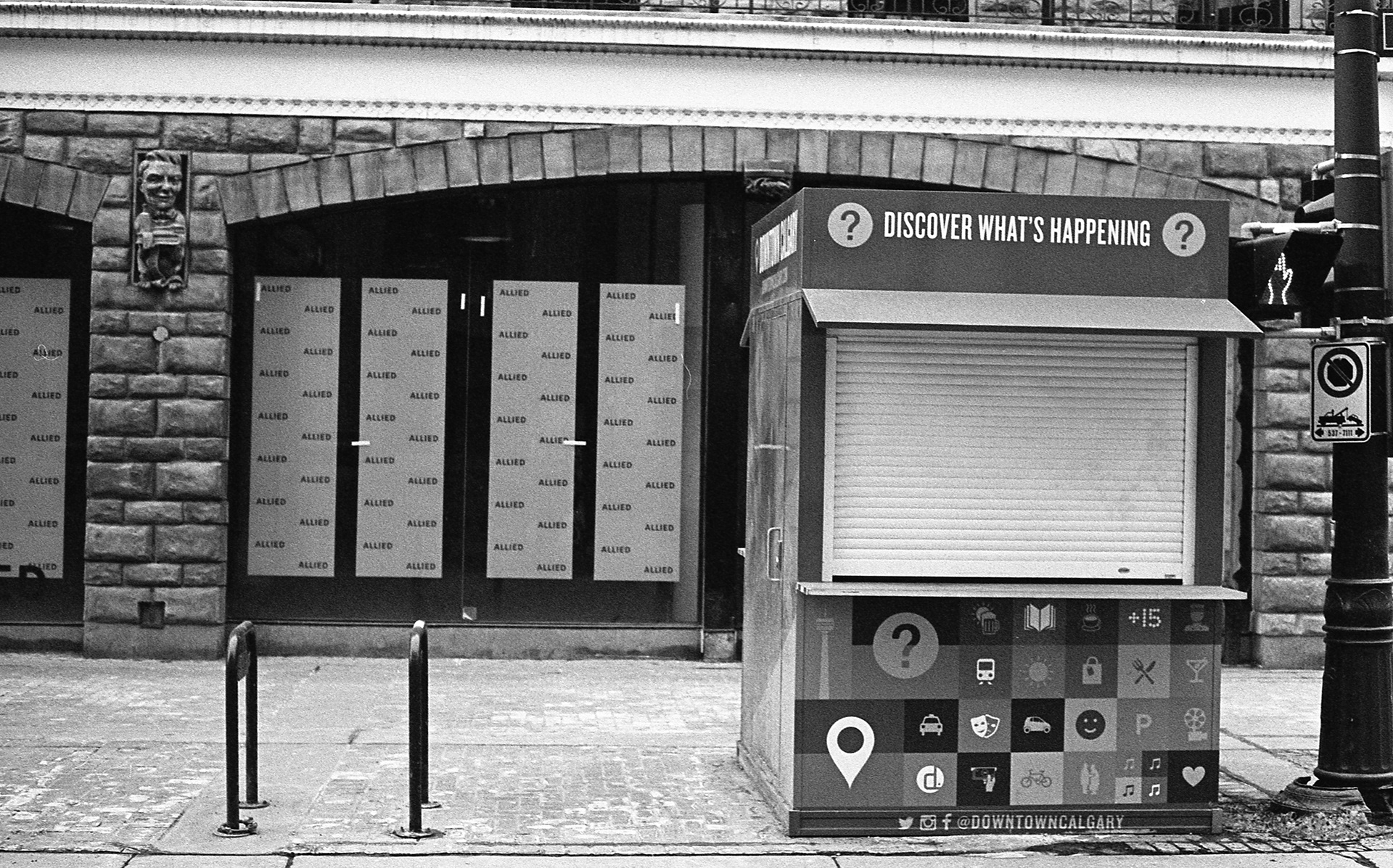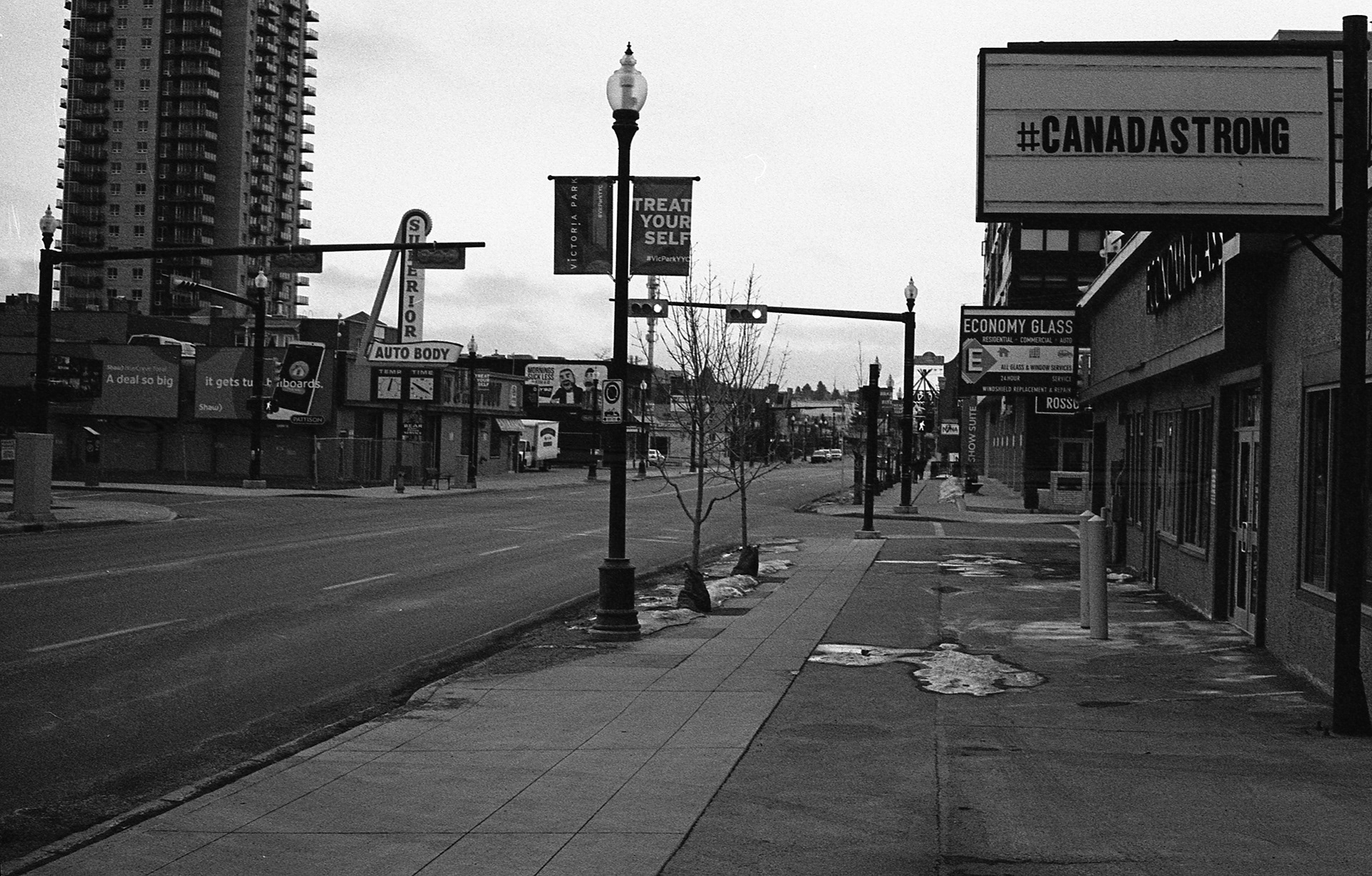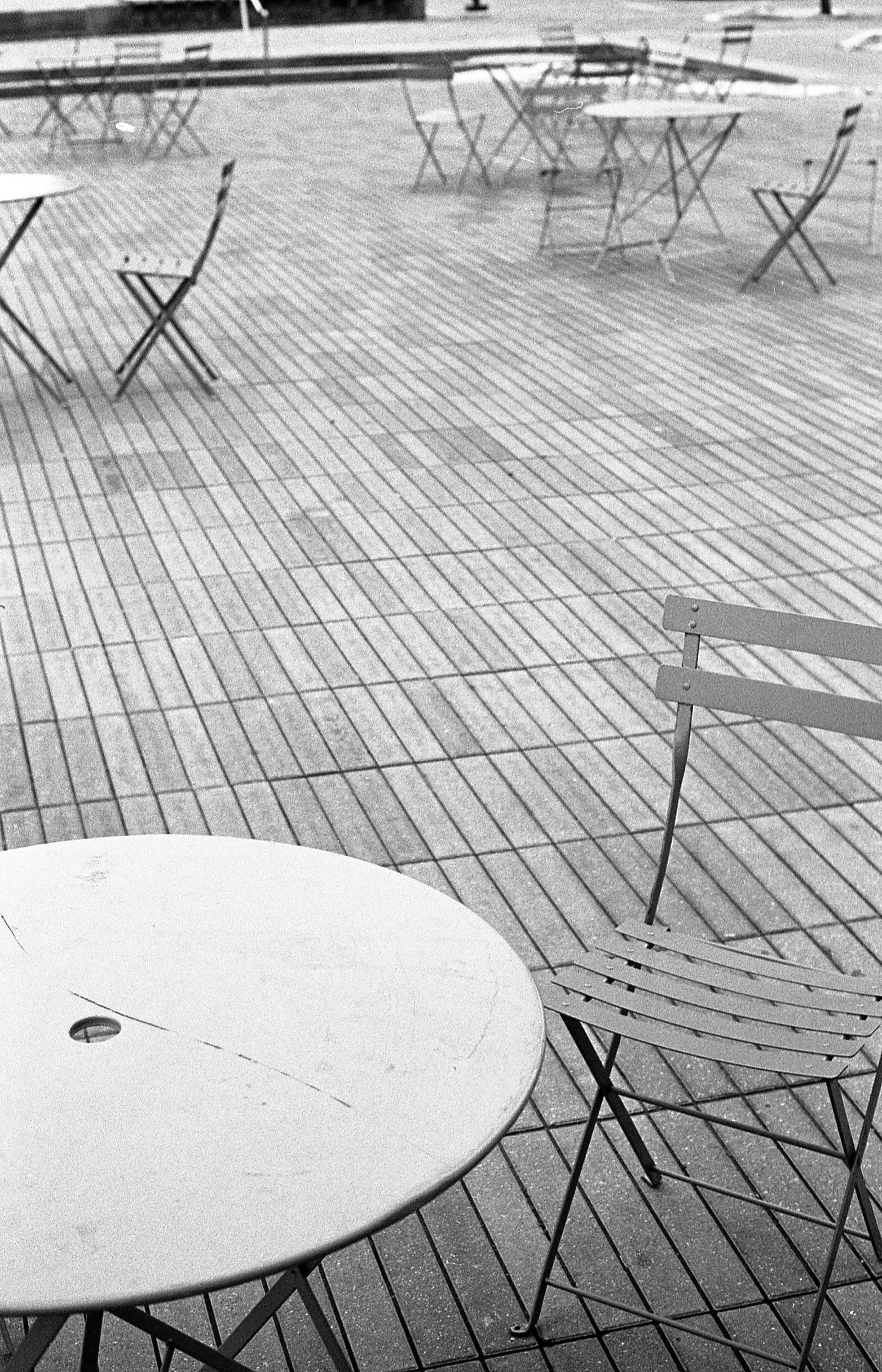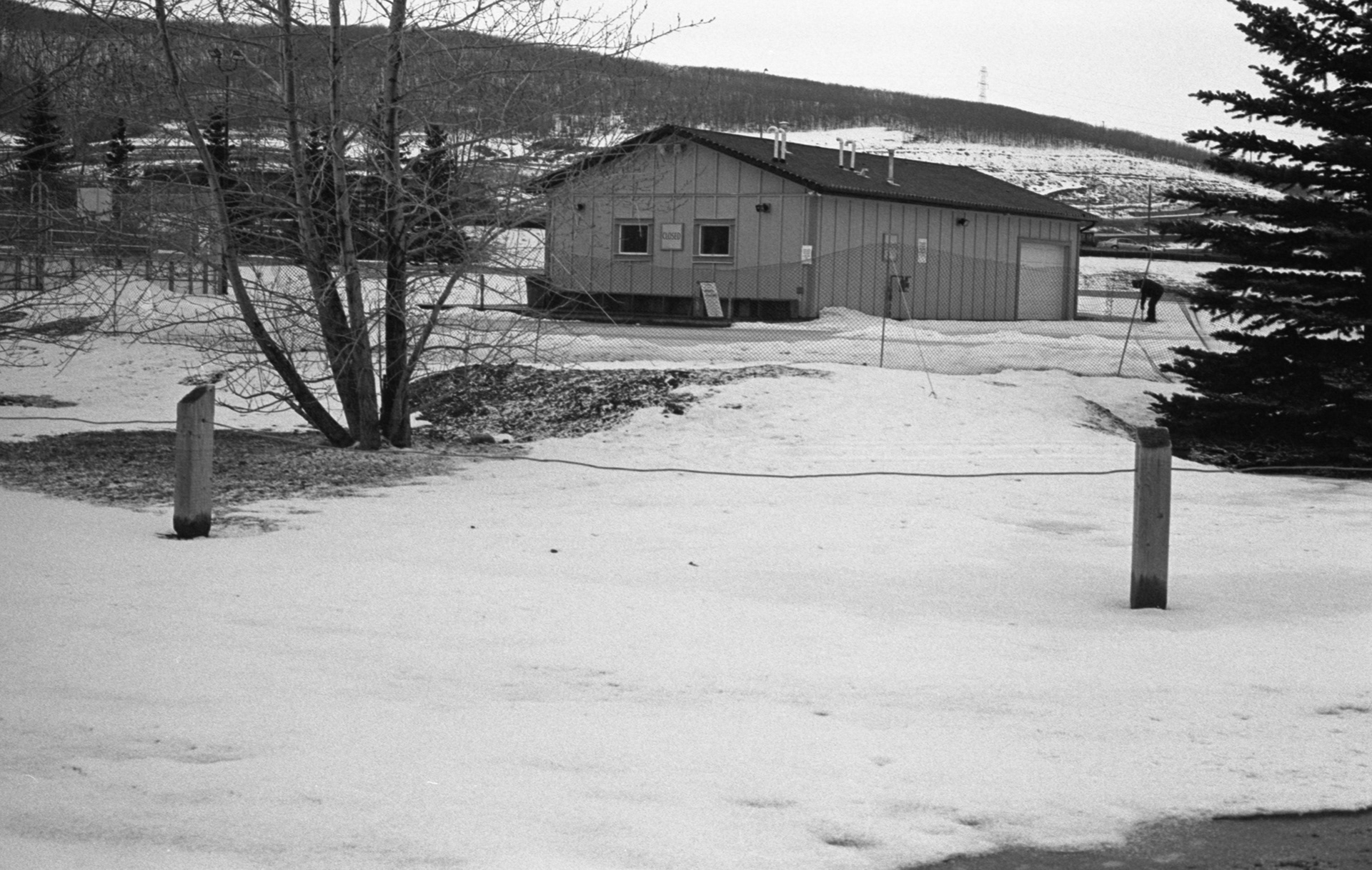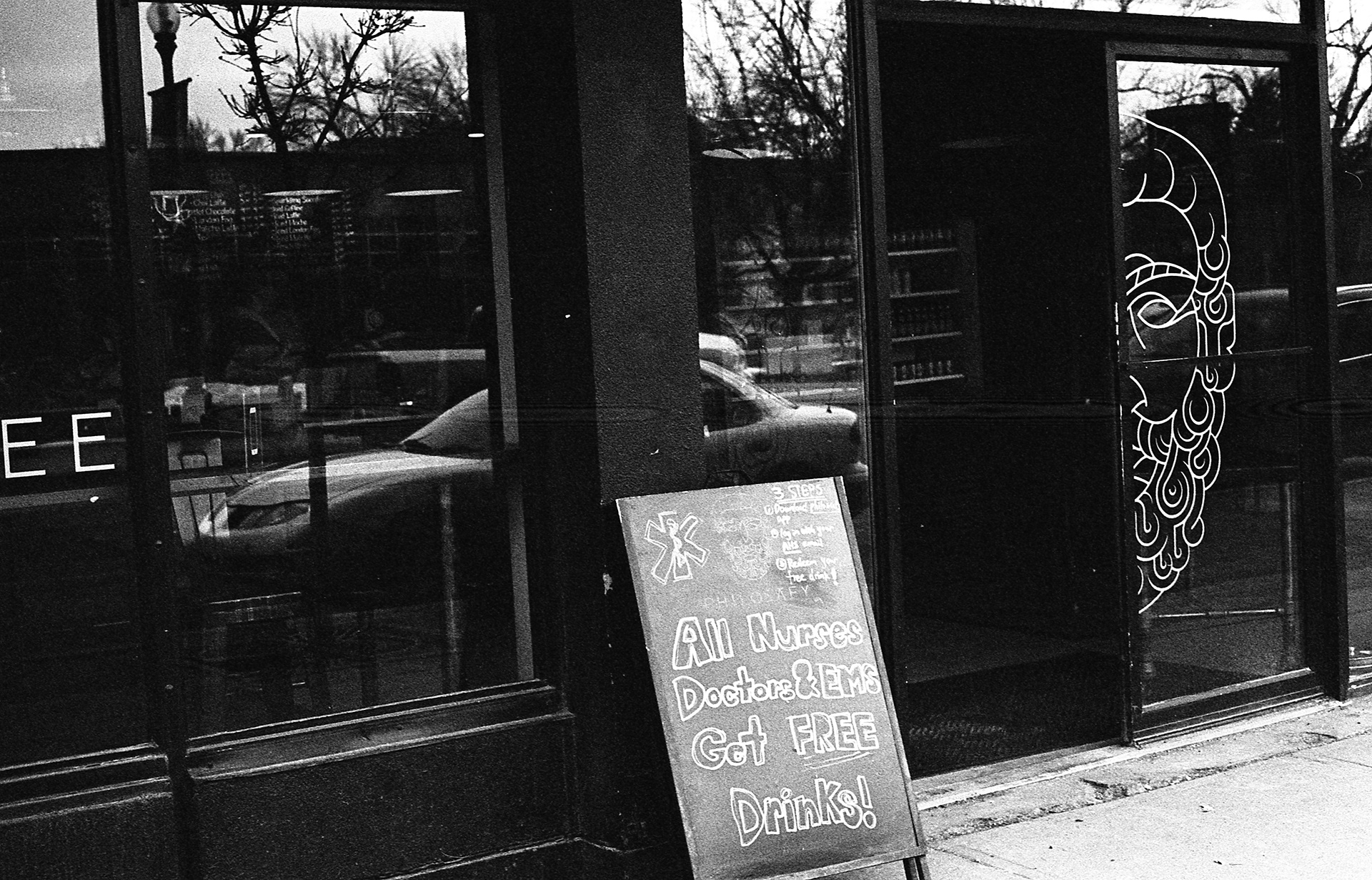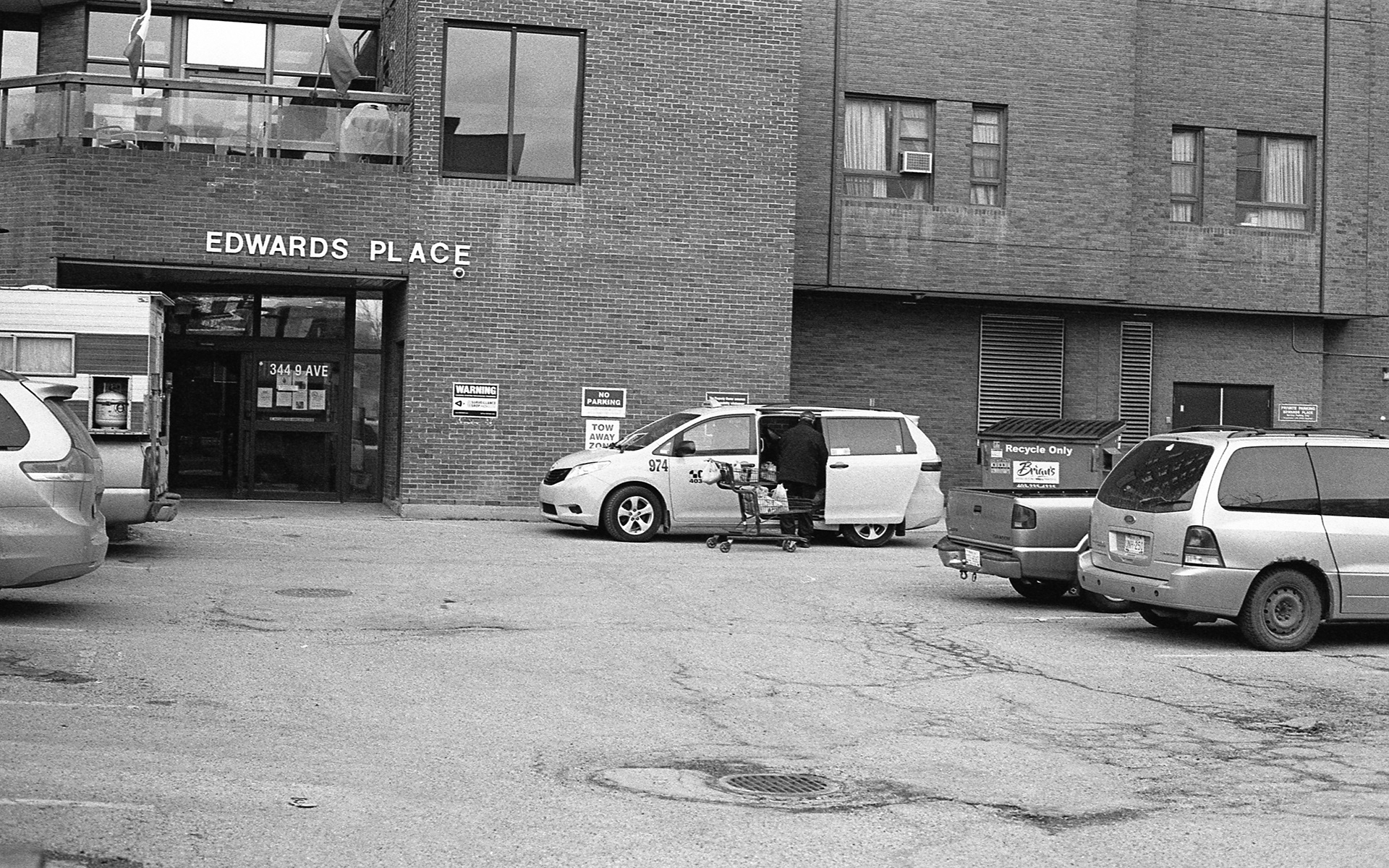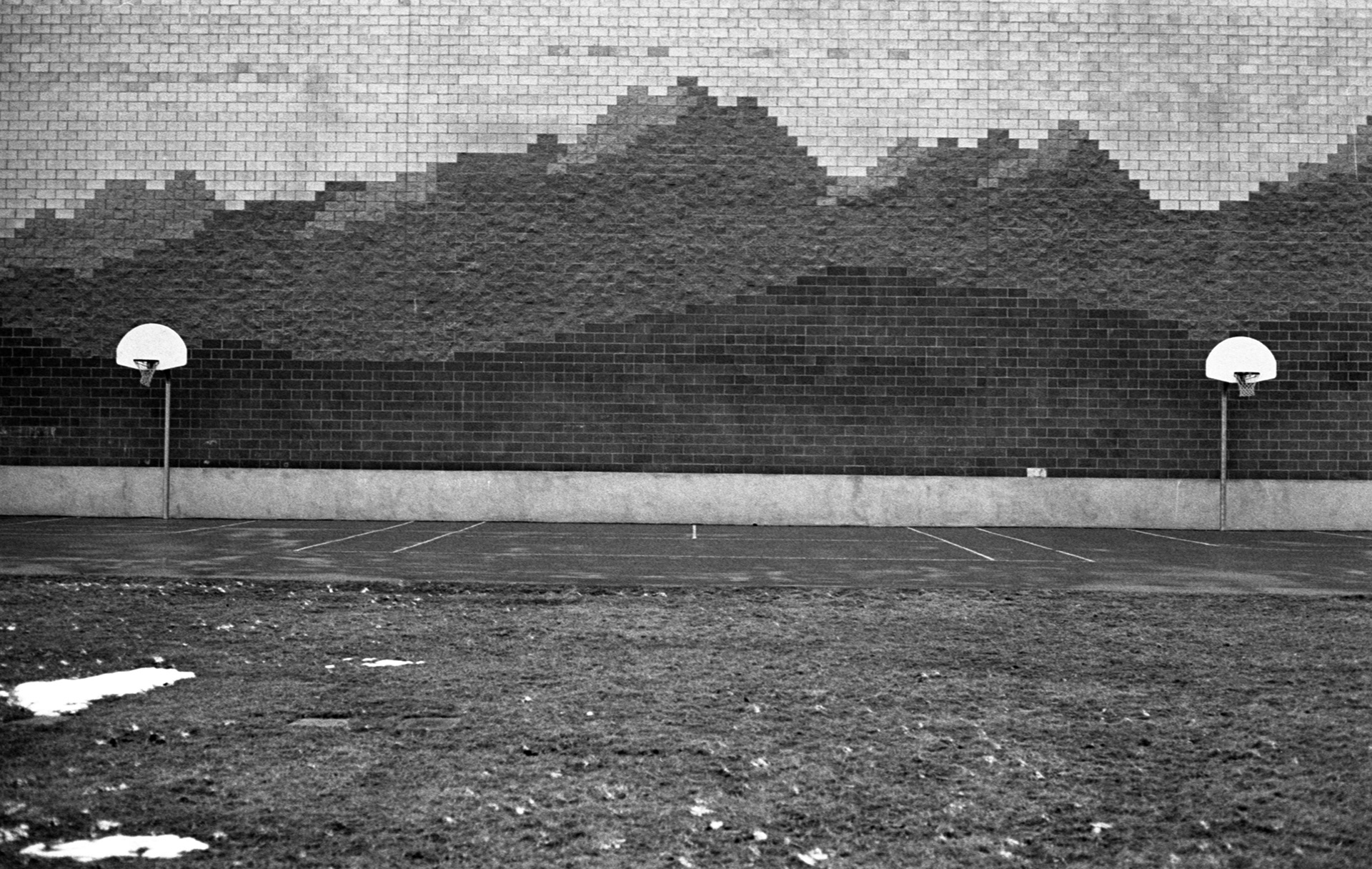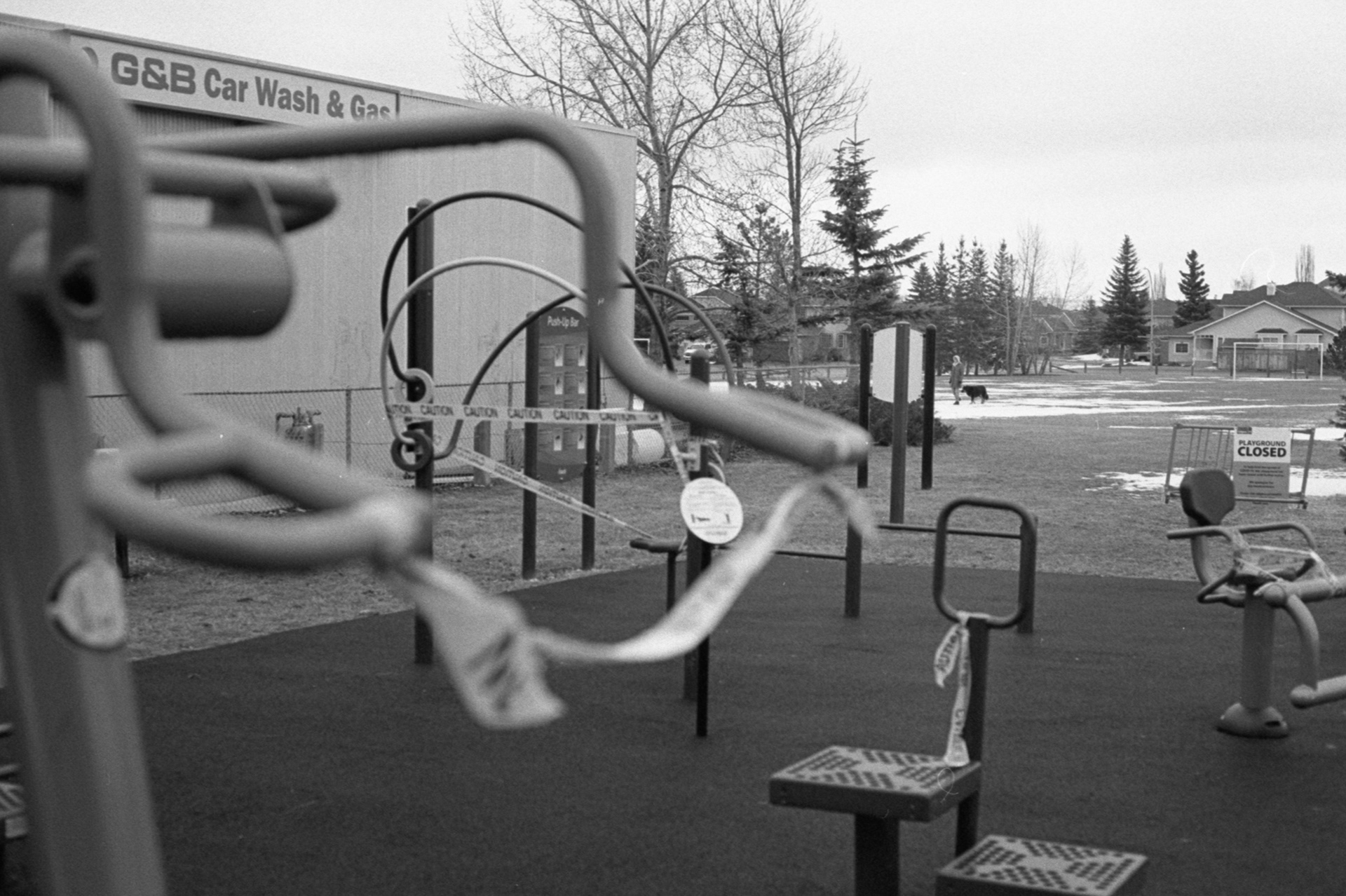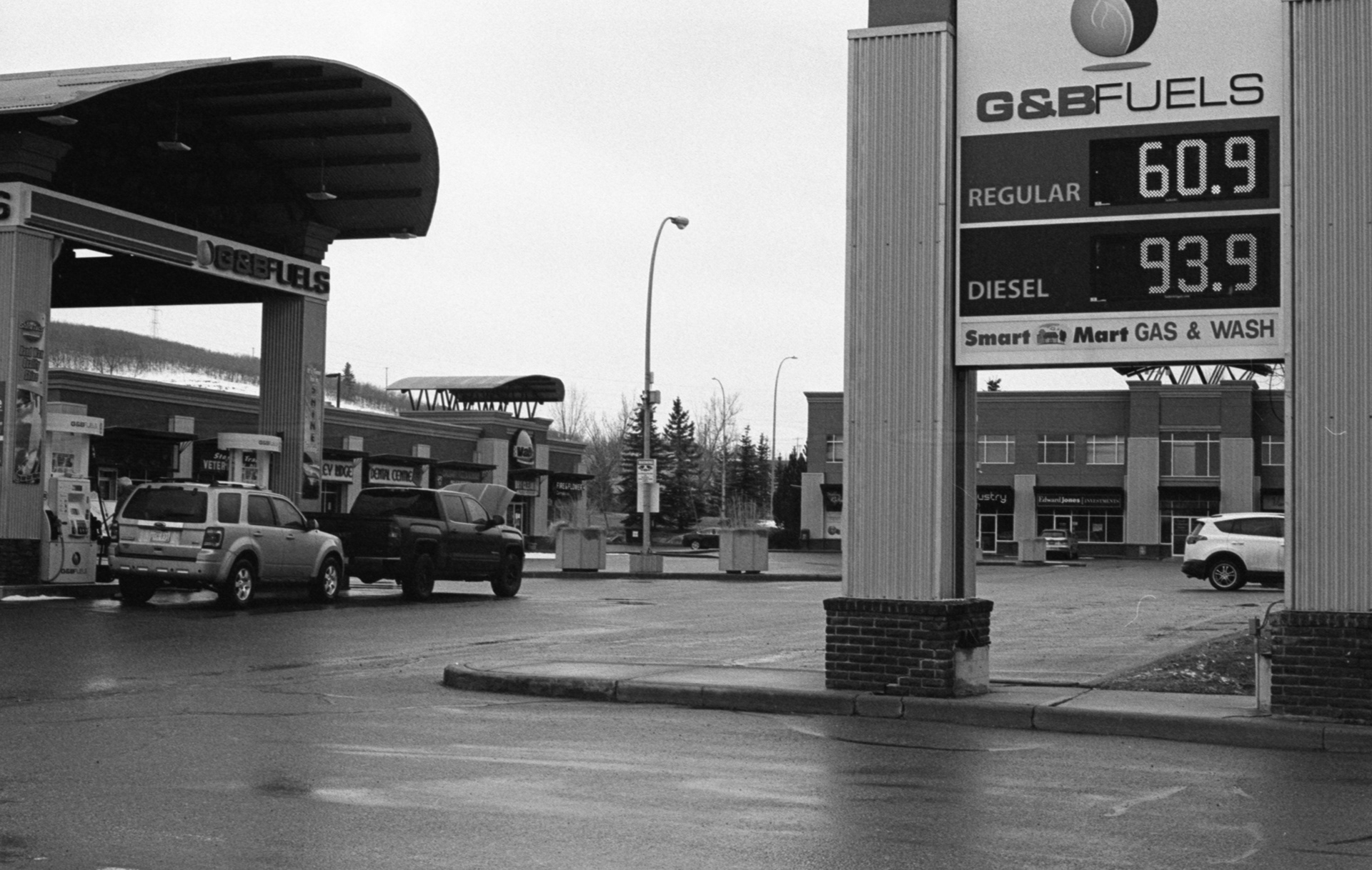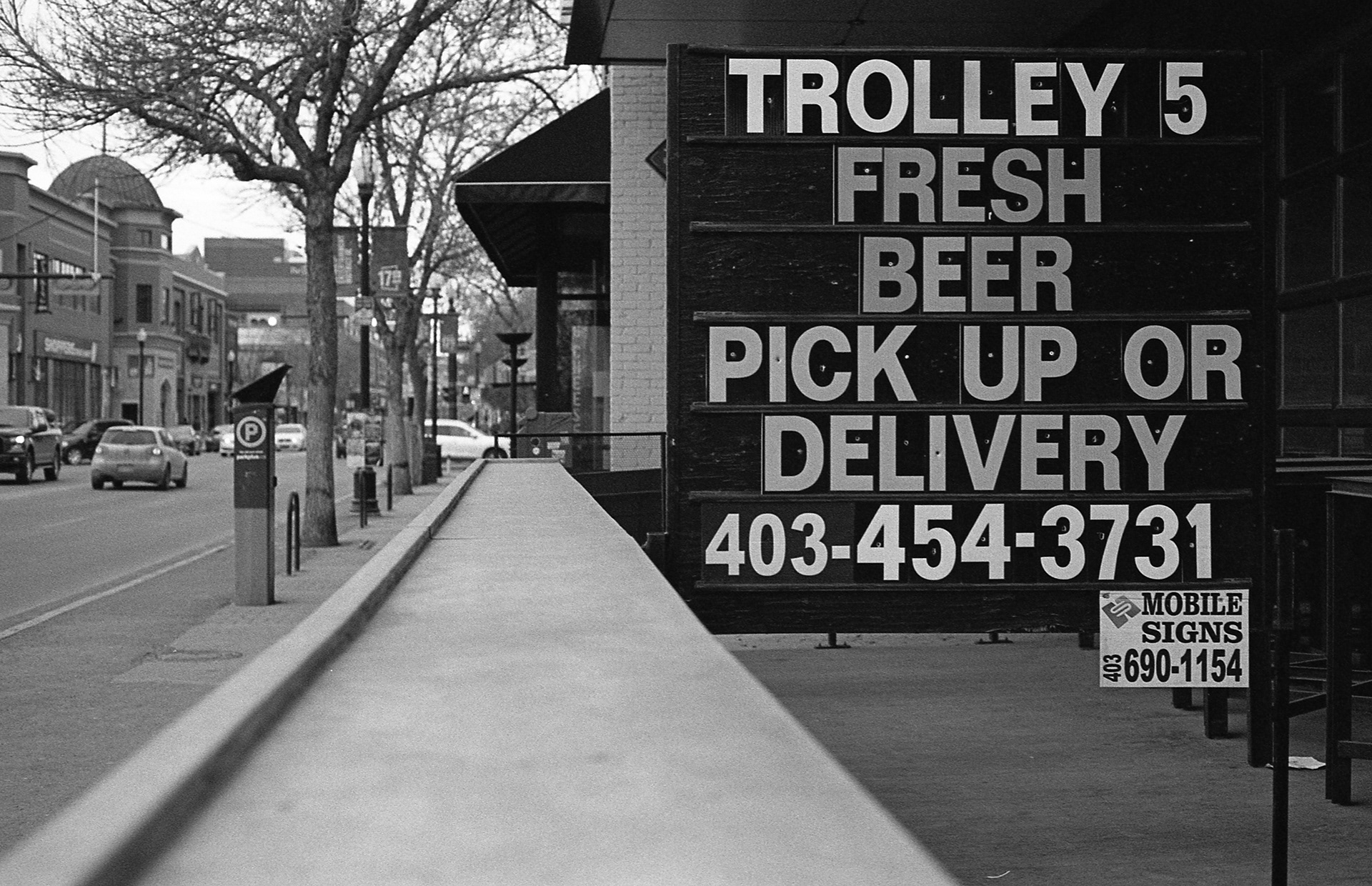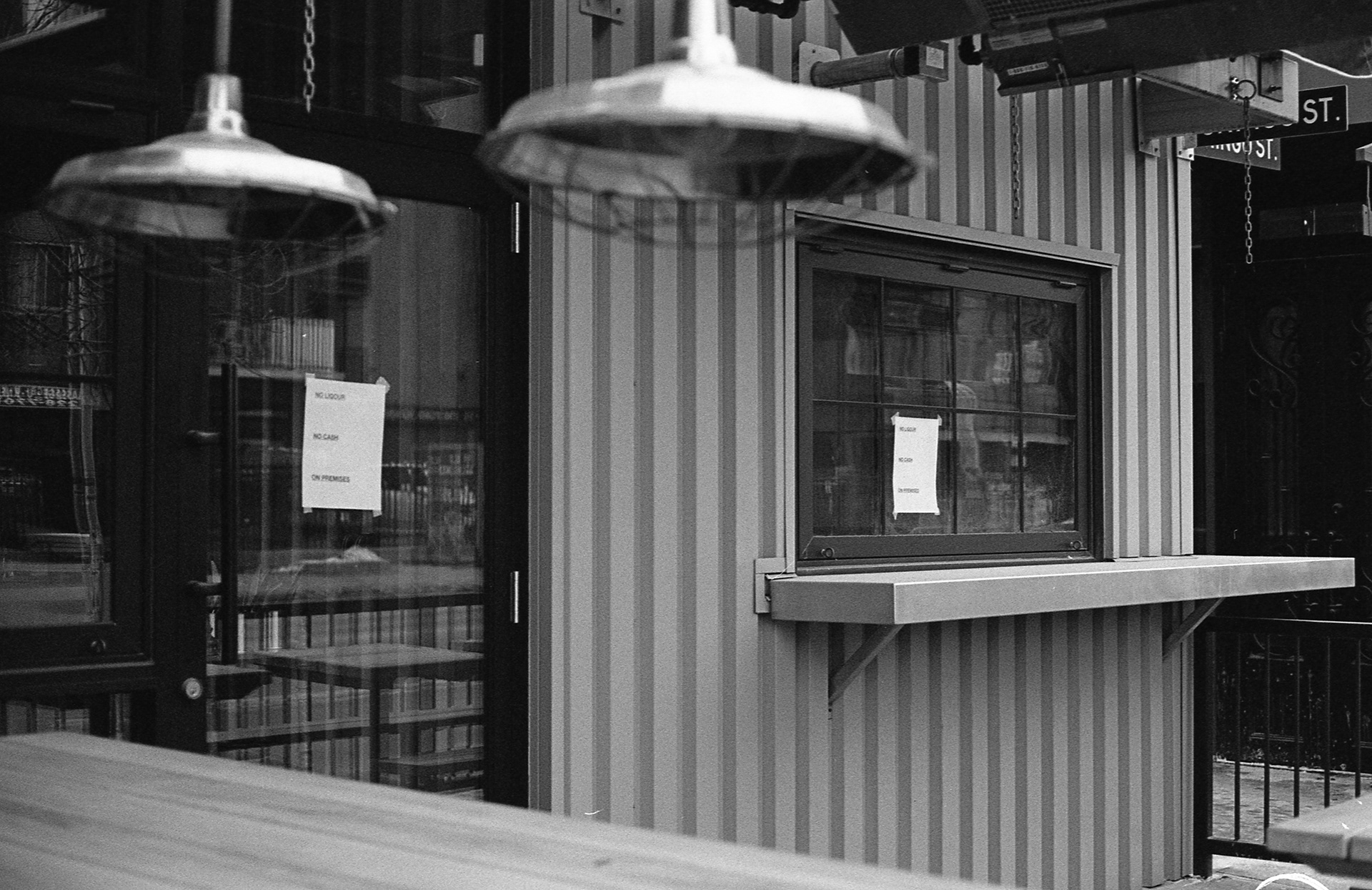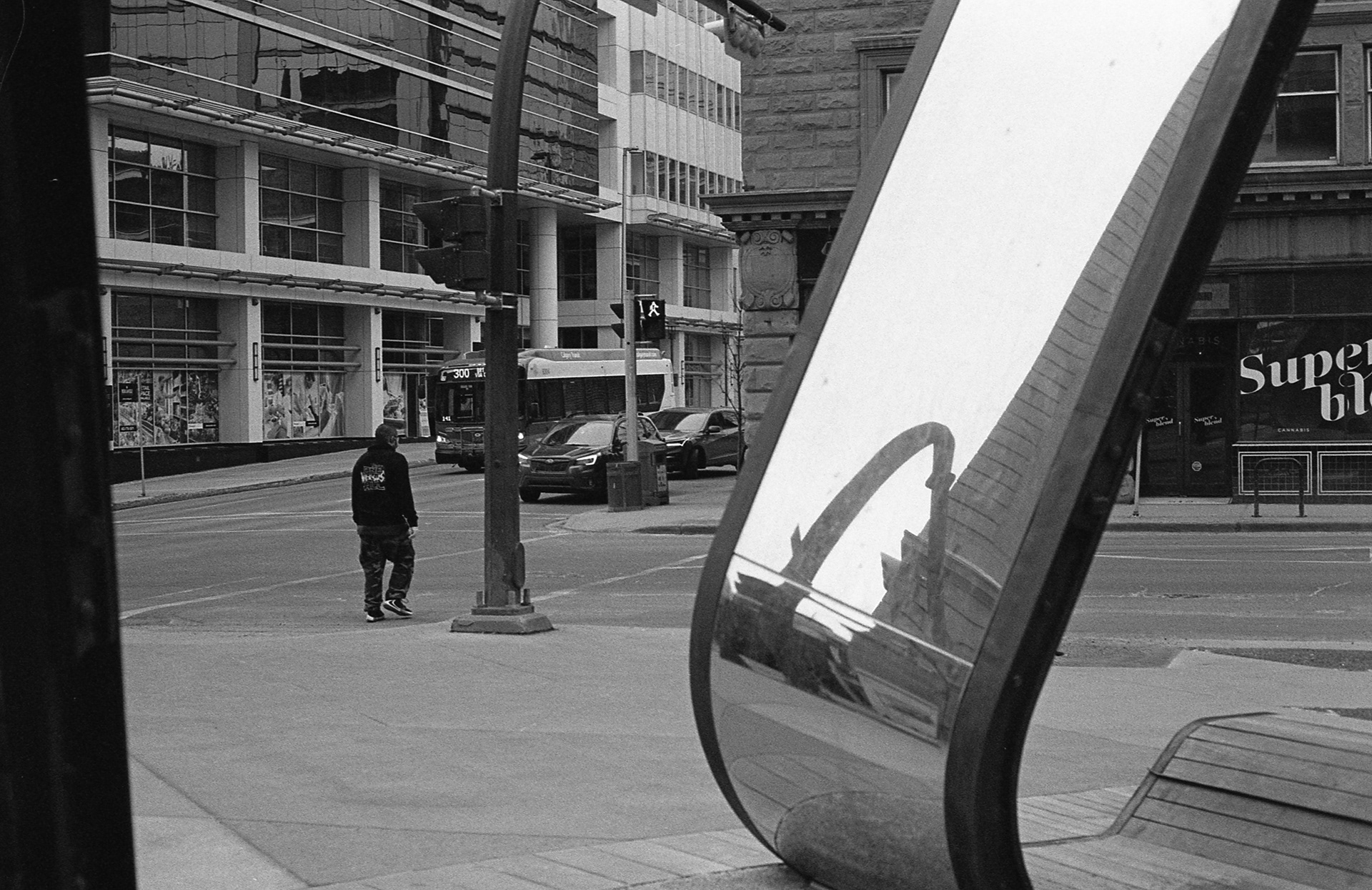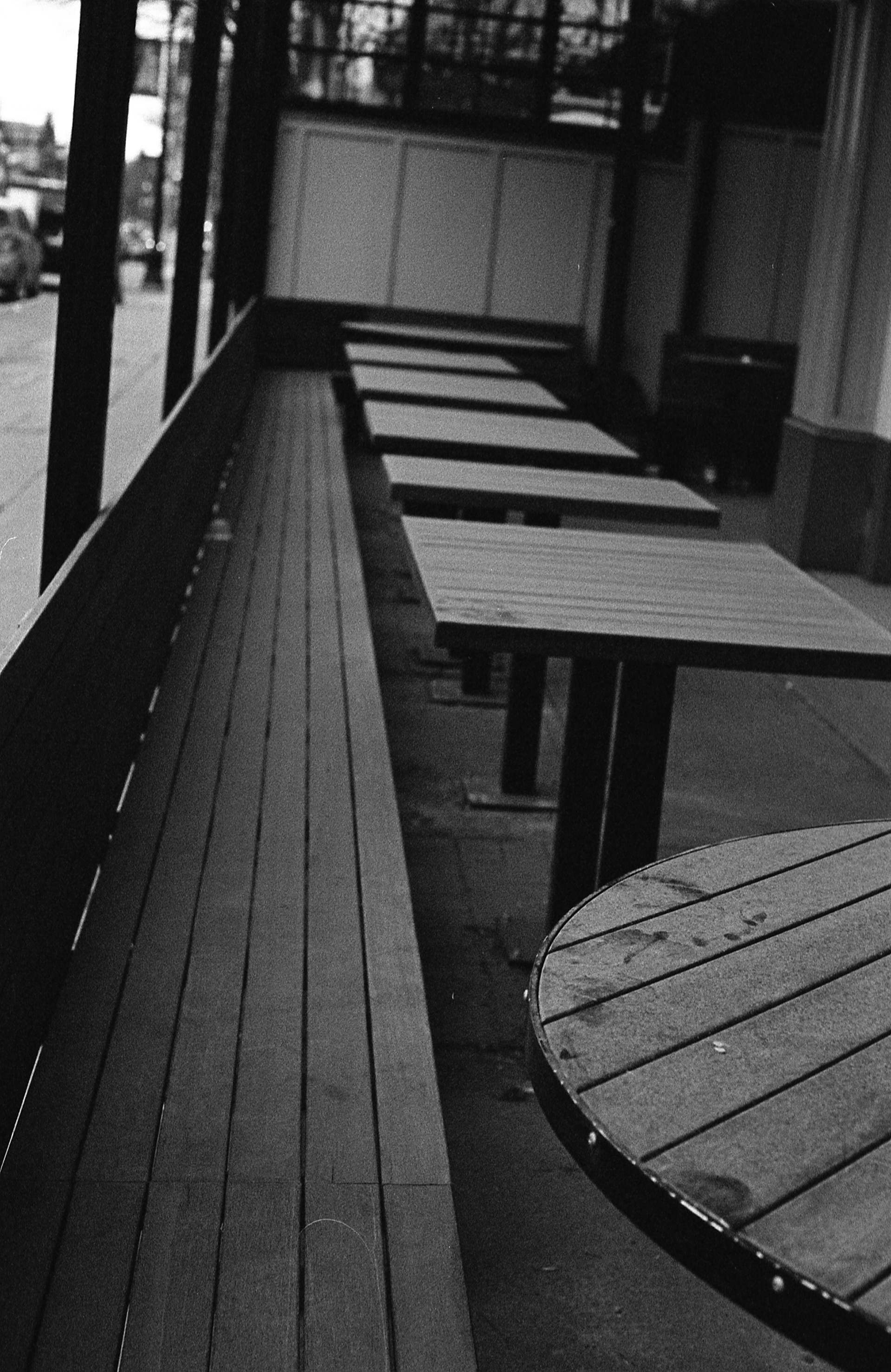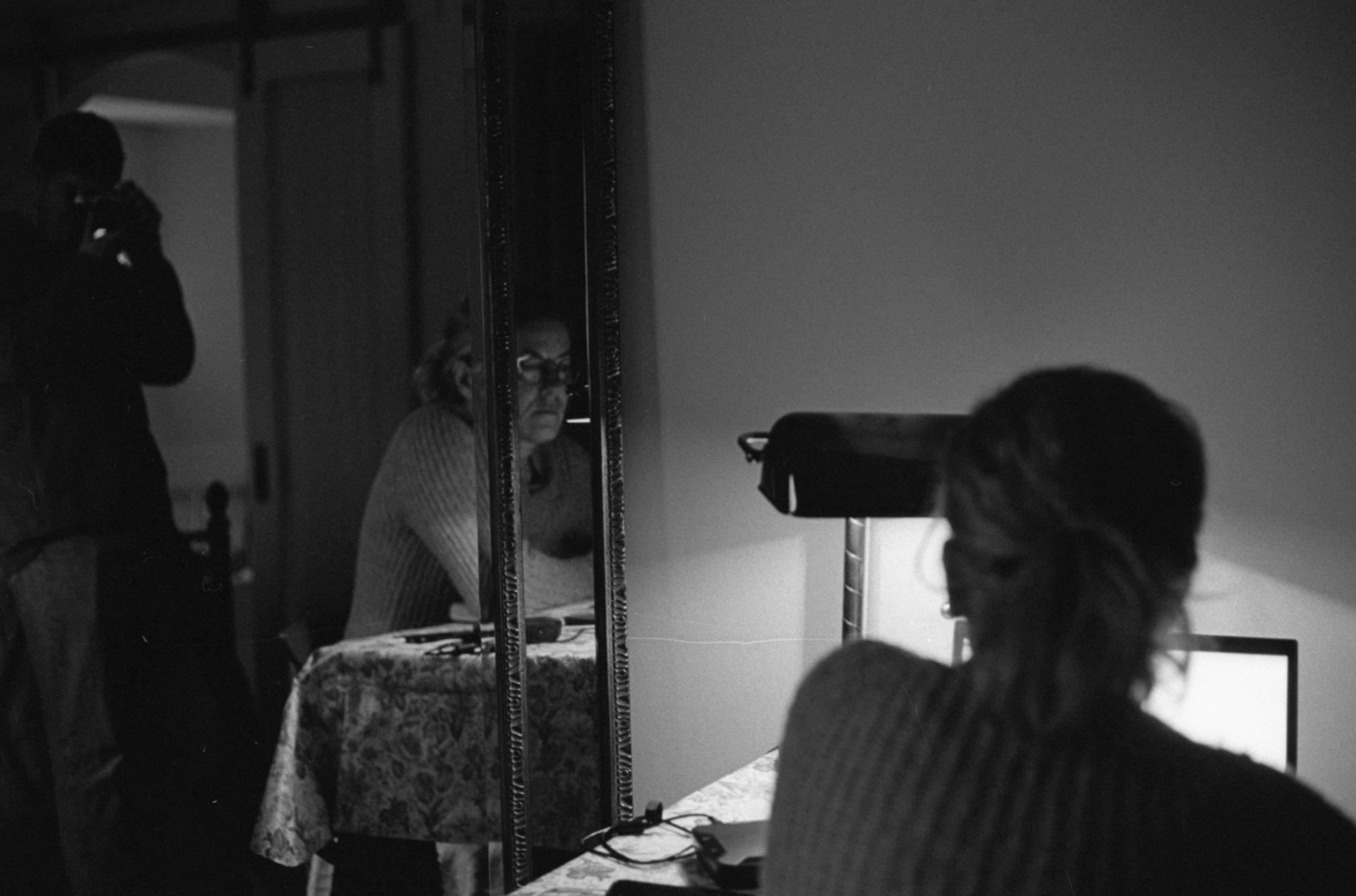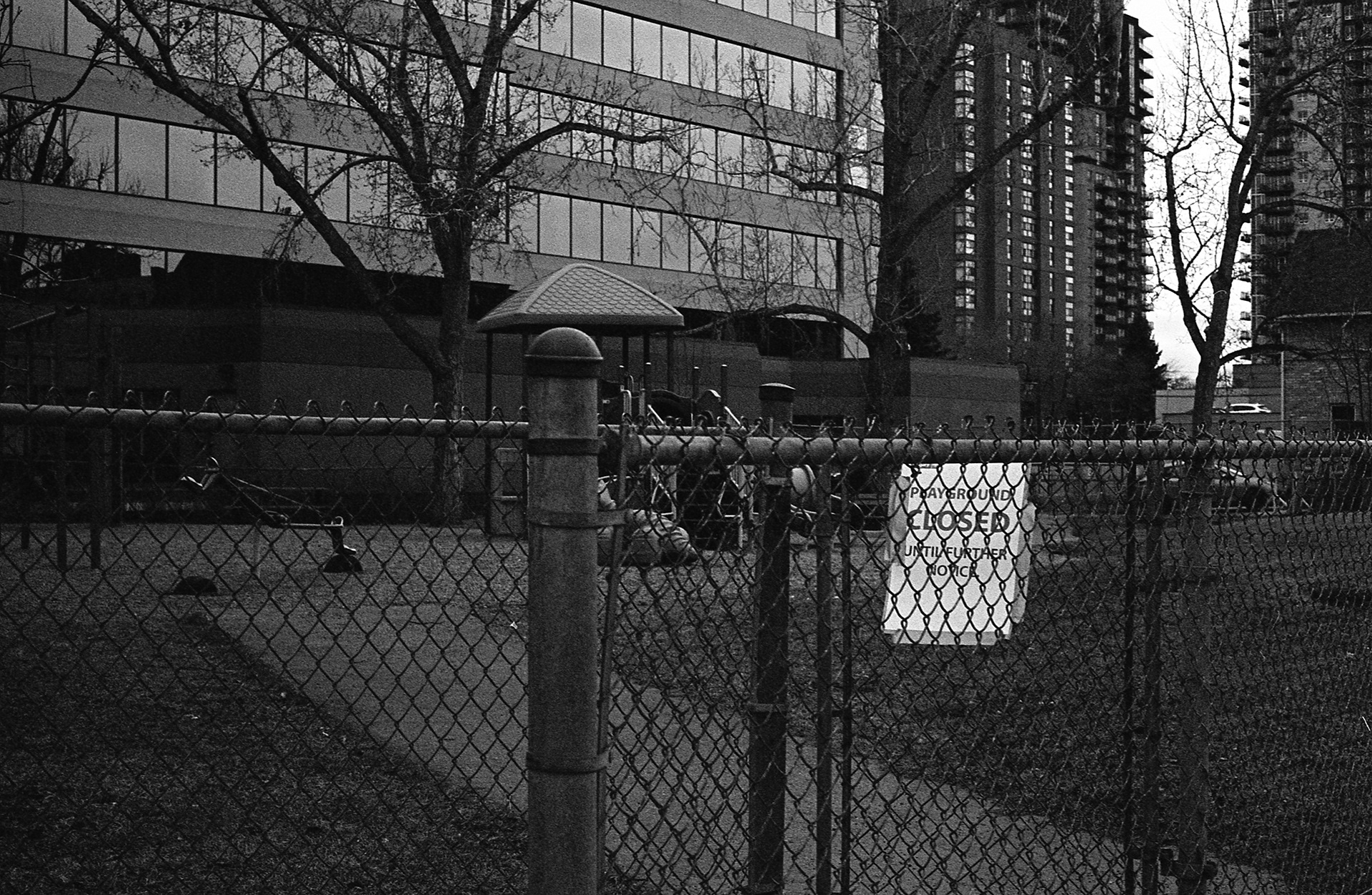I set out with the intent of capturing downtown Calgary, a city of 1.6 million people, as murmurs of a full lockdown were beginning to circulate. I wanted to see how things had changed, instead, I found that much had remained the same. The streets weren’t empty because of warnings from officials or foreshadowing in Europe, but because Calgary had been sitting idle for quite some time.
An oil and gas-based economy paired with an ongoing switch to renewable energy have seen to a shift in the city, away from the boom of the early 2010s and onto a seemingly relentless recession. As a child, I’d (passively) seen the fruits of the boom—my parents going to business parties, busy streets no-matter the time of year, and a general buzz that screamed opportunity for anyone that wanted it. Obviously, there’s only so much you can recall from childhood, but as a 23-year-old finishing a degree at exactly the wrong time, I can tell you that things felt different. The realization hit that this isn’t just the reality of adulthood, it's what happens when a flourishing city fails to adapt to inevitable changes—clinging to oil with delusions that the boom would never end.
The streets of Calgary have been growing emptier for years, especially on overcast winter afternoons like this one. I found myself asking how I could show the differences that I had in mind but that weren’t as explicit as I’d thought they would be. I looked for gates, fences, closed signs, dusty tables, and empty seating—all things that say “there used to be life here”, knowing that the scenes would have looked the same even if we weren’t in the midst of a pandemic. As uncertainty grew, misinformation ran rampant, and social unrest hit headlines, I found myself watching social media users and news networks communicate messages of their own. People on all sides of the many issues humanity was facing used imagery portraying their version of events, but not necessarily entire truths.
The end result of this photo essay became less a documentation of current events and more an exploration of rhetoric. Ultimately, I was left questioning the responsibility of the storyteller and the viewer to decipher the truth.
